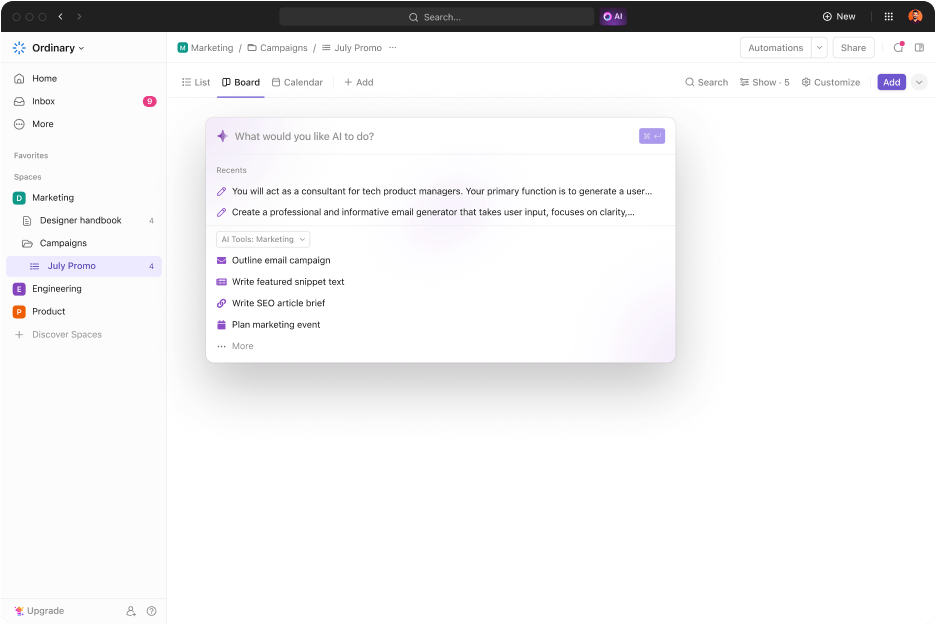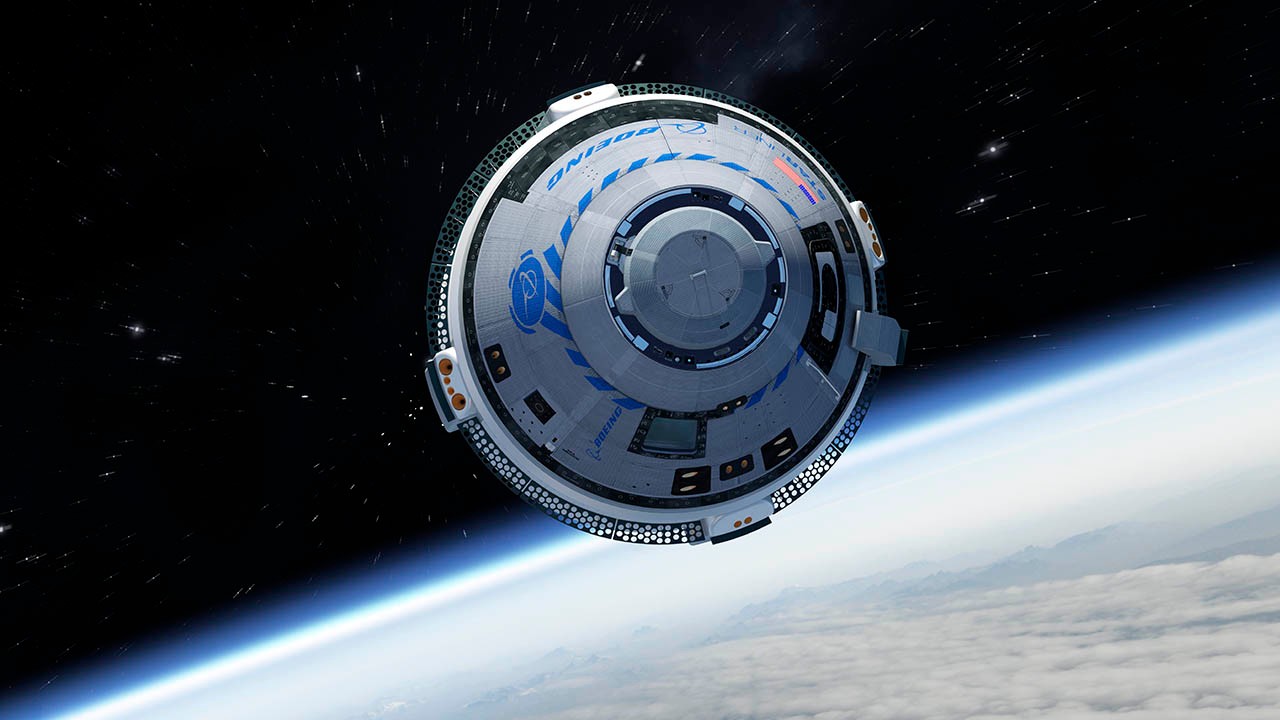THE ‘Son of Concorde’ XB-1 jet is set to take off on its inaugural supersonic flight next week, where it will break the sound barrier for the first time.
It is thought to be the first US-built commercial supersonic jet to exist, according to the company behind the jet.
4

4

4
Bosses at Colorado-based Boom Technology have announced that the aircraft will hit supersonic speeds during a livestream on 28 January at 6:45am PST/ 9:45am EST/ 2:45pm GMT.
However, as with every test flight or launch, the date and time is weather dependent.
The XB-1 will be followed by a chase plane, the T-38, so viewers can watch the moment the XB-1 reaches Mach 1 – which is about 767mph.
During its previous two test flights, the aircraft has been able to reach Mach 0.95 – what’s known as “transonic” speeds.
Mach 1 and above is when a jet can be classed as supersonic.
Chief test pilot Tristan “Geppetto” Brandenburg, who has headed XB-1’s previous test flights, will be the man inside the cockpit when the next-generation aircraft breaks the sound barrier.
The aircraft has so far been authorised to fly in two airspaces: the Bell X-1 Supersonic Corridor and the Black Mountain Supersonic Corridor near Edwards Air Force Base in Mojave, California.
It’s the same airspace where Chuck Yeager became the first person to fly faster than the speed of sound in 1947, in his Bell X-1 plane.
On the ground, Boom’s chief test flight engineer, Nick Sheryka, and advisor Greg Krauland, will be joined by former chief Concorde pilot at British Airways, Mike Bannister.
“Even people who have flown supersonic hundreds of times never stop getting excited about it,” said Bannister, who has clocked nearly 7,000 supersonic hours in the Concorde.
In the air, the XB-1 is expected to maintain supersonic speeds for roughly four minutes, test pilot Brandenburg revealed last week.
Although, he added, the flight will last between 30 and 45 minutes in total.
Civilians on the ground will also be spared the deafening sound of its sonic boom, the company has claimed.

4
Preparing for supersonic speeds
Few humans have travelled at such speeds – though companies like Boom are trying to change that.
Before each flight, Brandenburg practices several times in the XB-1 simulator.
“It also gives me our best prediction of how we expect the aircraft to behave in each new condition,” he said in a recent post on Boom’s website.
Then there are several emergency scenarios that Brandenburg has to run through – such as if the engine fails.
“Finally, we run the profile at least twice with the entire control room: once with the flight going as expected and once with some sort of failure or emergency,” he said.
The actual acceleration from subsonic to supersonic will be fairly gradual.
“A common misconception is that the pilot feels extreme G-forces at supersonic speeds,” said Brandenburg. “This is not true.”
Once the aircraft is at a steady airspeed, Brandenburg will only feel the force of gravity and the slight pull of acceleration.
That goes for future passengers too.
Supersonic and Hypersonic Jets

There are several types of hypersonic and supersonic jets. A breakdown of what’s been happening in the industry and what’s expected in the coming years.
Talon-A
- Built by Stratolaunch
- Reported speeds of Mach 5
- The first test flight conducted in 2024
X-59 Quesst
- Built by Nasa and Lockheed Martin
- Predicted max speeds of Mach 1.4
- The first test flight in 2024 – but subject to delays
Venus Stargazer M4
- Built by Venus Aerospace and Velontra
- Predicted max speeds of Mach 6
- First test flight in 2025
Quarterhorse MKII
- Built by Hermeus
- Predicted max speeds of Mach 2.5
- First test flight in 2026
Halcyon
- Built by Hermeus
- Predicted max speeds of Mach 5
- First test flight by 2030
Nanqiang No 1
- Built by China’s hypersonic plane programme
- Predicted max speeds of Mach 6
- First test flight in 2025
DART
- Built by Hypersonix Launch Systems
- Predicted max speeds of Mach 7
- First test flight in 2025







